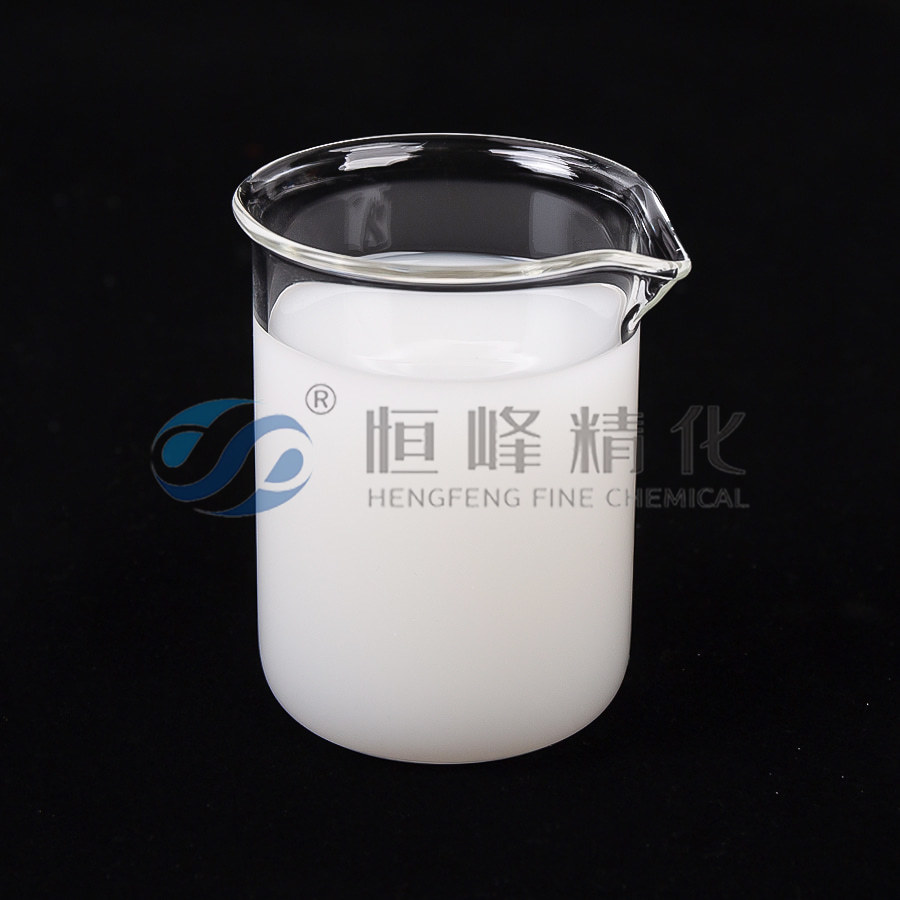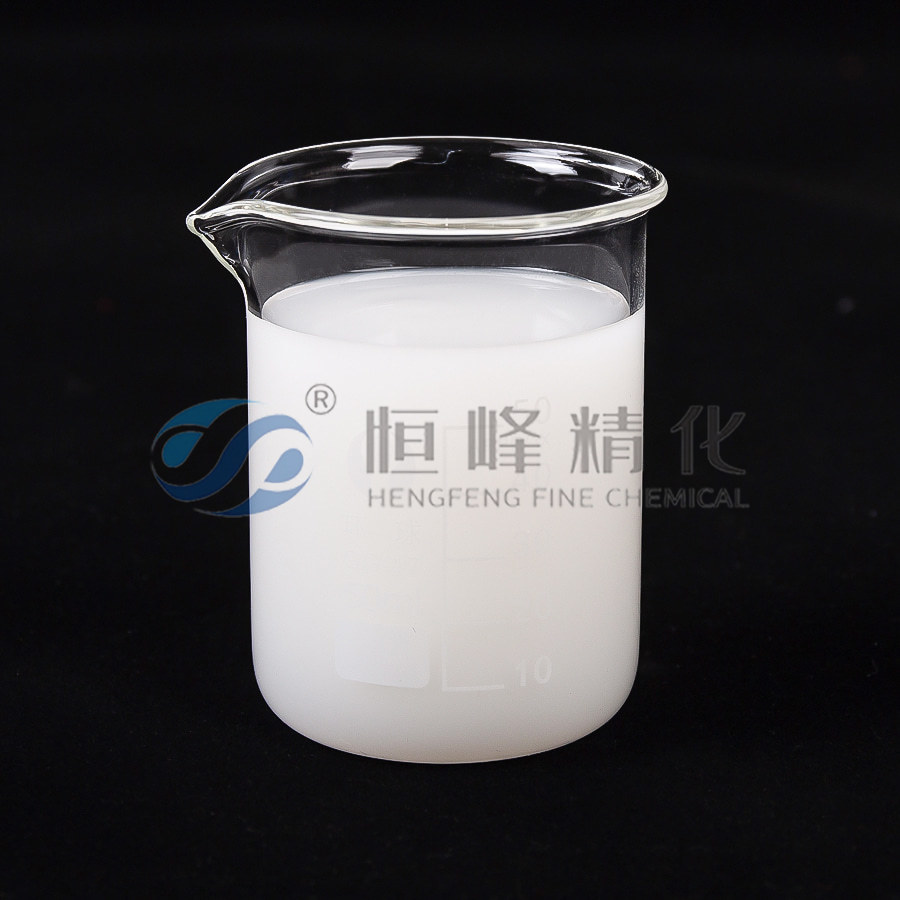What are the advantages and disadvantages of using anionic, cationic, or nonionic polyacrylamide?
Polyacrylamide (PAM) is a versatile chemical used in the papermaking industry for its ability to enhance various aspects of the paper production process. It is categorized into three main types based on its ionic properties: anionic, cationic, and nonionic. Each type offers distinct advantages and disadvantages depending on the specific application and requirements in paper manufacturing.
Anionic Polyacrylamide
Advantages:
Efficient Flocculation: Anionic PAM excels in flocculating negatively charged particles such as colloids and clay particles. This property is particularly beneficial in wastewater treatment and improving the clarity of process water in paper mills.
Enhanced Retention and Drainage: It significantly improves the retention of fine particles and fillers in the paper sheet, thereby enhancing paper quality. Additionally, it aids in better drainage during the formation of the paper web.
Cost-Effectiveness: Anionic PAM is generally more cost-effective compared to cationic PAM, making it a preferred choice in many papermaking applications where high efficiency is required at a lower cost.
Disadvantages:
Compatibility Issues: It may interact unfavorably with cationic substances used in the process, potentially reducing its overall effectiveness if not properly managed.
Limited Applicability: Anionic PAM is less effective when dealing with positively charged particles, limiting its utility in certain papermaking scenarios.
Cationic Polyacrylamide
Advantages:
Effective Flocculation of Negatively Charged Particles: Cationic PAM is highly effective in flocculating materials with a negative charge, such as dissolved organic matter and anionic trash in pulp suspensions.
Improved Retention and Drainage: It enhances the retention of fibers and fines in the paper sheet and improves drainage, contributing to better paper formation and strength.
Suitability for Specific Applications: Cationic PAM is particularly useful in situations where anionic substances are predominant or problematic, allowing for effective treatment of process waters.

Disadvantages:
Higher Cost: Cationic PAM tends to be more expensive compared to anionic PAM, which can increase operational costs in paper mills.
Potential Toxicity Concerns: If released into the environment without proper treatment, cationic PAM can be toxic to aquatic organisms, necessitating careful handling and disposal.
Nonionic Polyacrylamide
Advantages:
High Compatibility: Nonionic PAM is compatible with a wide range of other chemicals and additives used in papermaking, minimizing compatibility issues and allowing for versatile applications.
Low Toxicity: It is generally less toxic compared to anionic or cationic PAM, which can be advantageous in terms of environmental impact and regulatory compliance.
Versatility: Nonionic PAM can be used effectively across different pH levels without significant performance degradation, offering flexibility in various papermaking processes.
Disadvantages:
Effectiveness in Certain Applications: Nonionic PAM may be less effective in flocculating strongly charged particles compared to anionic or cationic PAM, potentially requiring higher dosages to achieve similar results.
Lower Efficiency in Some Cases: Due to its neutral charge, nonionic PAM may not provide as rapid or effective flocculation as anionic or cationic PAM in specific applications, impacting process efficiency.
Choosing the right type of polyacrylamide is crucial for optimizing papermaking processes and achieving desired paper quality while managing costs and environmental considerations. Anionic PAM offers cost-effective efficiency in flocculating negatively charged particles, whereas cationic PAM excels in treating water with predominantly negatively charged substances. Nonionic PAM provides versatility and lower toxicity, but may require higher dosages in certain applications. By understanding the advantages and disadvantages of each type, paper manufacturers can make informed decisions to enhance their operational efficiency and environmental sustainability.


 English
English Español
Español عربى
عربى Русский
Русский Tiếng Việt
Tiếng Việt
















